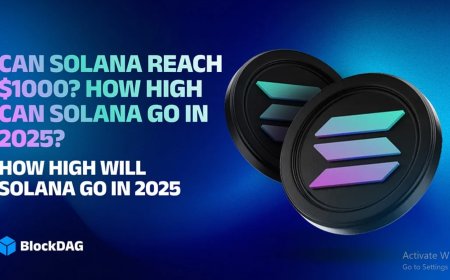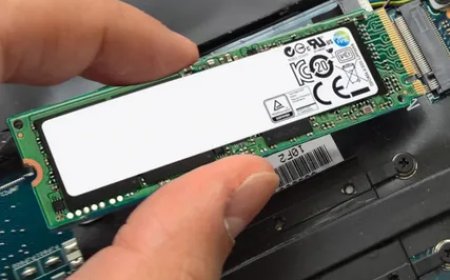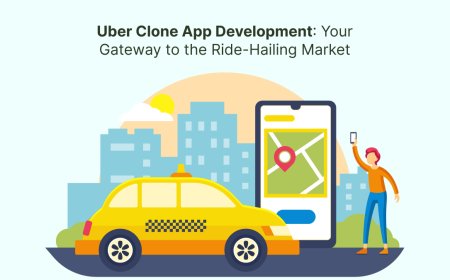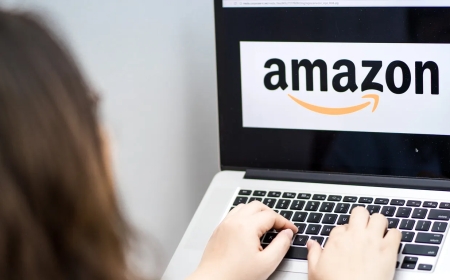Best Small Business Marketing Ideas That Actually Work

Starting and growing a small business can feel overwhelming without the right marketing strategies. Whether you're running a coffee shop, a local service, or an eCommerce store, applying best small business marketing ideas can drive real results. This guide shares proven tactics that help small businesses build brand awareness, attract customers, and boost revenue even on a tight budget.
Why Small Business Marketing Matters
Marketing is more than just advertising. Its about creating value and communicating it effectively. For small businesses, smart marketing sets you apart in a crowded market. It helps you:
-
Build customer trust
-
Create a strong local or online presence
-
Compete with larger brands
-
Generate consistent leads
Focusing on best small business marketing methods gives you long-term business stability.
Build a Strong Online Presence First
Set Up a Mobile-Friendly Website
Your website is your digital storefront. Most people visit a website before buying or contacting a business. Make sure your site loads fast, works well on mobile, and has:
-
Clear services or product info
-
Easy-to-use contact form
-
Call-to-action (CTA) buttons
-
Search engine optimized pages
Claim and Optimize Your Google Business Profile
A verified and optimized Google Business Profile boosts local visibility. Add:
-
Accurate business name, hours, and address
-
High-quality photos
-
Customer reviews
-
Service descriptions
This helps you appear in local search results and on Google Maps.
Use Content Marketing to Educate and Attract
Start a Business Blog
Blogging is one of the best small business marketing strategies. Write about topics your customers search for. For example:
-
Tips, how-to guides, and industry insights
-
Answer common customer questions
-
Share updates and success stories
Blogging helps with SEO and positions your brand as an authority.
Create Video Content
People love video. Use it to show how your products work, share testimonials, or give behind-the-scenes tours. You can post these on:
-
YouTube
-
Instagram Reels
-
Facebook
-
Your website
Use short, clear titles and include relevant keywords for search visibility.
Boost Reach Through Social Media
Focus on the Right Platforms
Dont try to be active on every social media platform. Choose platforms where your audience spends time:
-
Instagram and TikTok for younger customers
-
Facebook for local community targeting
-
LinkedIn for B2B networking
-
Pinterest for lifestyle or product-based content
Post Engaging, Shareable Content
To grow your following, post:
-
Visual posts with storytelling
-
Customer testimonials
-
Promotions and giveaways
-
Polls or Q&A sessions
Always respond to comments and messages to build relationships.
Use Email Marketing to Stay in Touch
Email marketing still delivers high ROI. Build an email list through:
-
Website sign-up forms
-
Social media promotions
-
In-store signups
Send regular newsletters with:
-
Special offers
-
New product launches
-
Blog posts
-
Personalized tips
Tools like Mailchimp or Brevo help automate and personalize your campaigns.
Try Paid Ads for Quick Visibility
Paid ads are great for fast results. You can start small with:
Google Ads
Target people searching for services or products like yours. Use keyword-based text ads or display banners.
Facebook and Instagram Ads
Create custom audience segments by age, interests, or location. Boost your best-performing posts or run a special offer campaign.
Retargeting Ads
Show ads to visitors who didnt convert the first time. This reminds them to come back and complete a purchase or inquiry.
Encourage and Manage Online Reviews
Reviews help build trust and influence buying decisions. To get more:
-
Ask happy customers to leave a review
-
Offer small incentives (discounts or freebies)
-
Make it easy with direct review links
Monitor platforms like Google, Yelp, and Facebook. Always reply to both positive and negative feedback professionally.
Collaborate with Local Influencers
Influencer marketing isnt just for big brands. Partner with local bloggers, social media creators, or community figures who align with your business values. They can:
-
Promote your product or service
-
Share their experience online
-
Drive new traffic to your pages
Choose influencers with strong engagement over large follower counts.
Run Referral and Loyalty Programs
Word-of-mouth is powerful. Turn happy customers into brand advocates by launching:
Referral Programs
Offer rewards like discounts or freebies for referring friends or family.
Loyalty Programs
Reward repeat customers with points, free services, or exclusive access.
Simple tools like Smile.io or TapMango help manage these systems easily.
Get Listed on Business Directories
Submit your business to high-authority directories such as:
-
Yelp
-
Yellow Pages
-
Bing Places
-
TripAdvisor (if relevant)
Add accurate details, keywords, and business categories. This helps boost your SEO and gives customers more ways to find you.
Join Local Events and Networking Groups
Offline marketing still works. Attend:
-
Community fairs
-
Industry meetups
-
Chamber of commerce events
-
Sponsorships of local causes or sports
It builds trust, increases exposure, and opens new partnership opportunities.
Monitor Your Performance and Adapt
Track your marketing results regularly. Use tools like:
-
Google Analytics
-
Google Search Console
-
Social media insights
-
Email marketing reports
Check what works best and focus more on those channels. Dont waste time or budget on low-performing platforms.
Simple Automation Tools to Save Time
Use marketing automation to work smarter:
-
Schedule social media with Buffer or Later
-
Send automated emails via Mailchimp or ActiveCampaign
-
Use Canva for quick design needs
-
Manage leads with CRM tools like HubSpot or Zoho CRM
Automating helps you stay consistent without hiring extra staff.
Final Thoughts: Focus on Consistency, Not Perfection
The best small business marketing is not always about doing everything. Its about doing the right things consistently. You dont need a big budget to get results. Use the strategies that match your business goals, audience, and resources.
Track your efforts, learn from the data, and improve over time. Marketing is a journey, not a one-time task. Keep testing, stay visible, and keep your customers engaged.
































